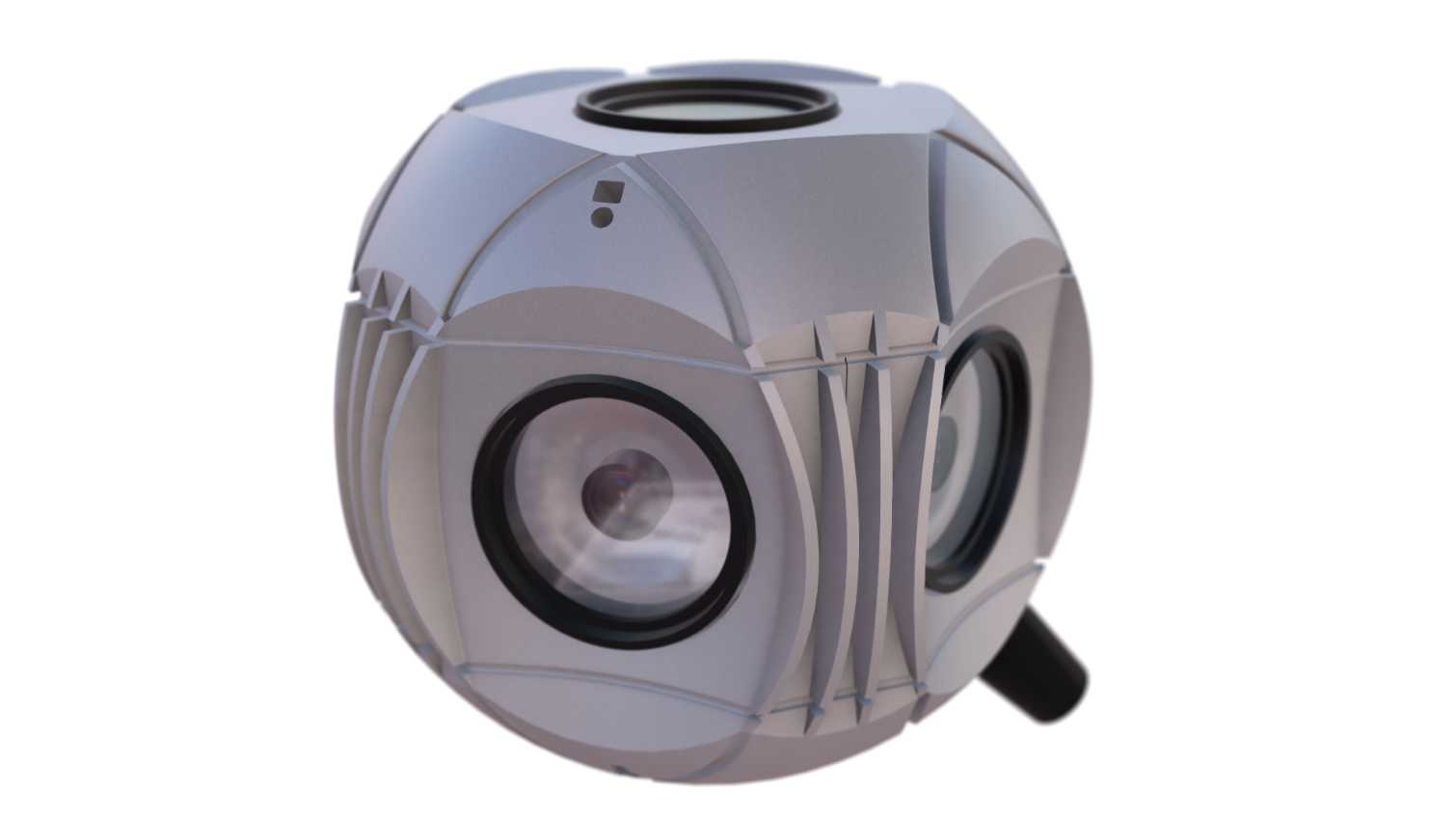Digital Domain Launches Live VR Distribution Platform For Professional Broadcast Companies
Digital Domain revealed a live distribution platform for VR, complete with tools for creating broadcast-quality VR content, a camera to capture said content, and a place in the cloud to store and distribute live and pre-recorded VR video.
Digital Domain is betting heavily on the success of the virtual reality market. The company offers a range of services and tools for (and deals with) Hollywood studios and television companies to help them create and distribute high-quality VR content. Digital Domain’s latest product suite brings VR capabilities to live broadcasters.
“VR experiences can transport audiences to new levels of engagement,” said Amit Chopra, Executive Director and CEO of North America, Digital Domain. “But the process can be a challenge for brands entering this new realm. We’ve made it much easier for our clients by introducing a comprehensive suite of VR broadcast solutions that not only opens their eyes to what is possible but also dramatically reduces the production time and expense involved in bringing new VR content to consumers.”
Portable 360-Degree Livestreaming Camera
Digital Domain calls its new spherical camera for livestreaming Kronos. The Kronos Camera is a weatherproof 360-degree 4K video camera that captures 60 FPS video and audio in 360 degrees in a package that’s small enough to tote around for an offsite shoot. The Kronos features 12-bit image processing and integrated gyros for image stabilization. Digital Domain developed the Kronos camera to operate over a single data and power cable, which allows for rapid on-site setup.
Tools For Content Production
Digital Domain’s publishing and broadcasting suite includes live-production software that enables real-time broadcasting. The package includes the company’s patented live-stitching software, which takes the recordings from the Kronos camera’s multiple lenses and blends them together seamlessly in real time. Digital Domain’s software combines the video and audio feeds and allows creators to blend graphics and visual effects into the scene. The package also includes tools that let you use multiple cameras in your broadcast and alternate between them. The multi-cam software also helps directors mix recordings from the Kronos camera into linear television broadcasts.
Distributed Through The Cloud
Digital Domain’s 360-degree live production platform is an end-to-end solution. In addition to the aforementioned hardware and software, it offers a way to distribute the content you produce. It's a cloud-based distribution system that supports live and pre-recorded VR content. Digital Domain said the system supports any device that can view 360-degree content. Once a broadcaster uploads a video, Digital Domain’s platform can send it to a wide variety of devices, including smartphones, Gear VR, Google Daydream, PSVR, HTC Vive, and Oculus Rift.
Digital Domain provides tools for "content curation, geo-fencing, adaptive delivery, interactivity hotspots and embedded ads; and SDKs and APIs that allow content owners to embed their content into websites and mobile apps." Digital Domain also offers white-labeled apps from every VR platform, which you can customize and rebrand.
Get Tom's Hardware's best news and in-depth reviews, straight to your inbox.
“We're excited to bring our VR platform to the market,” said Dhruv Gupta, Vice President of VR Platform and Apps, Digital Domain. “After a year in development and working with our partners and customers, the platform is now battle tested, scalable to millions of viewers and has reliably powered some of the most popular VR destinations and events on the market.”
Digital Domain is demonstrating its content distribution platform and the Kronos 360-degree camera at the National Associations of Broadcastion's NAB Show in Las Vegas from April 24-27 at the Las Vegas Convention Center. For more information about the platform and the rest of Digital Domain's portfolio, see the company’s website.
Update, 4/24/2017, 9:06am PT: Replaced Digital Domain logo with updated version.
Kevin Carbotte is a contributing writer for Tom's Hardware who primarily covers VR and AR hardware. He has been writing for us for more than four years.
